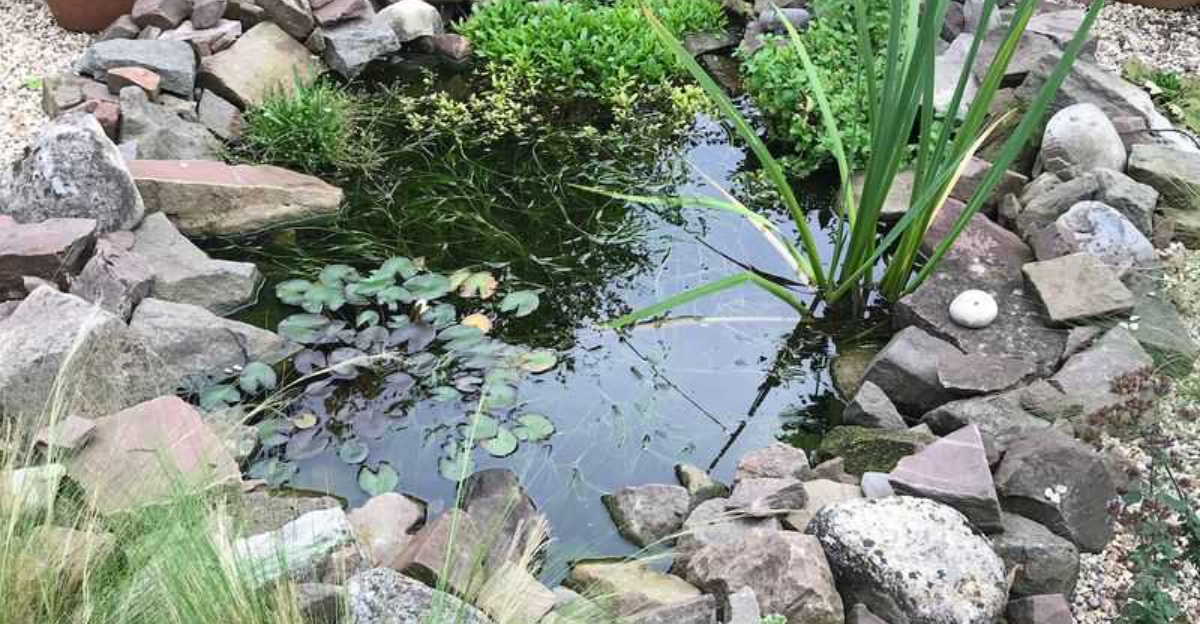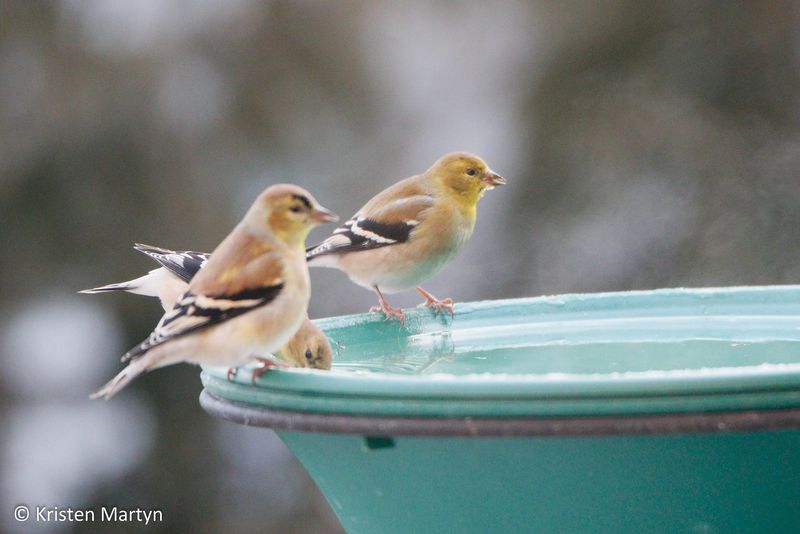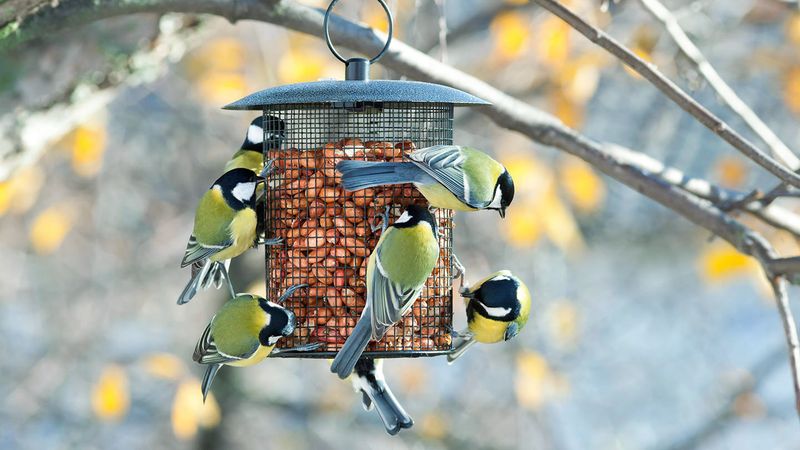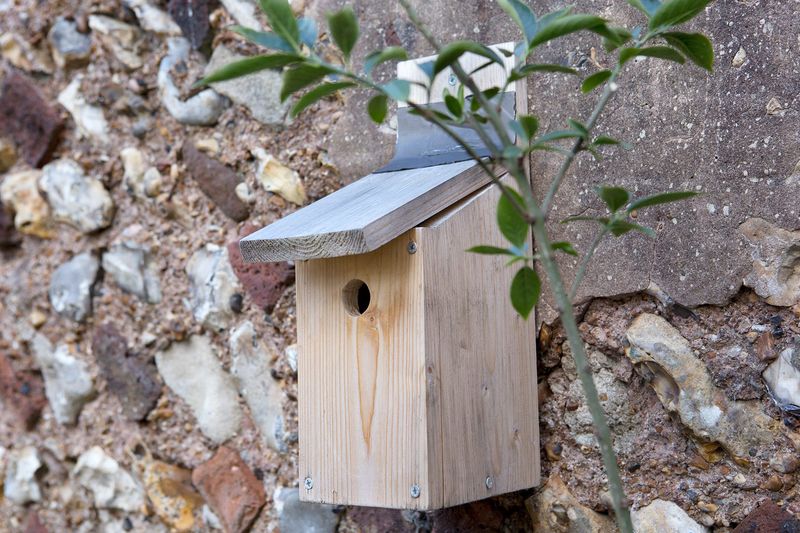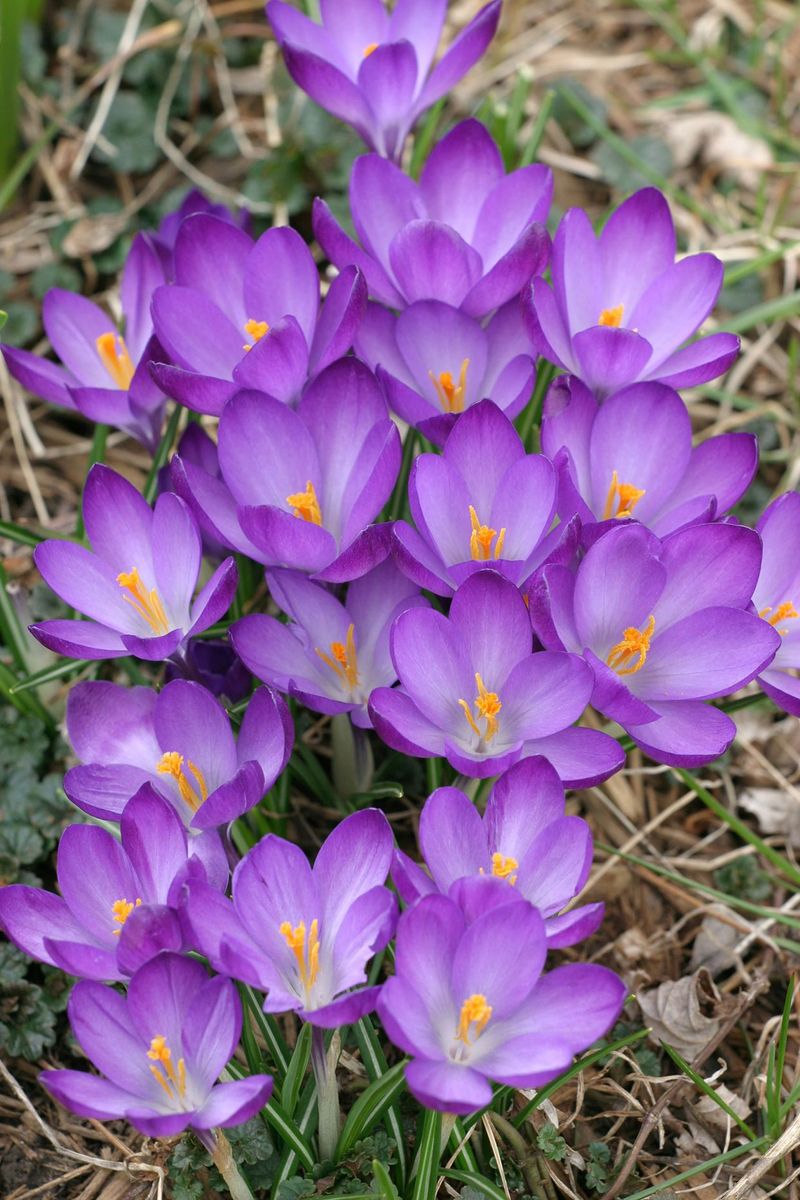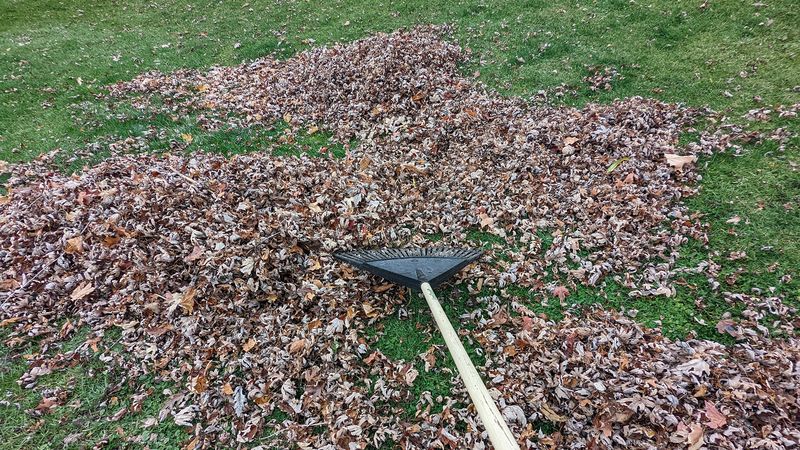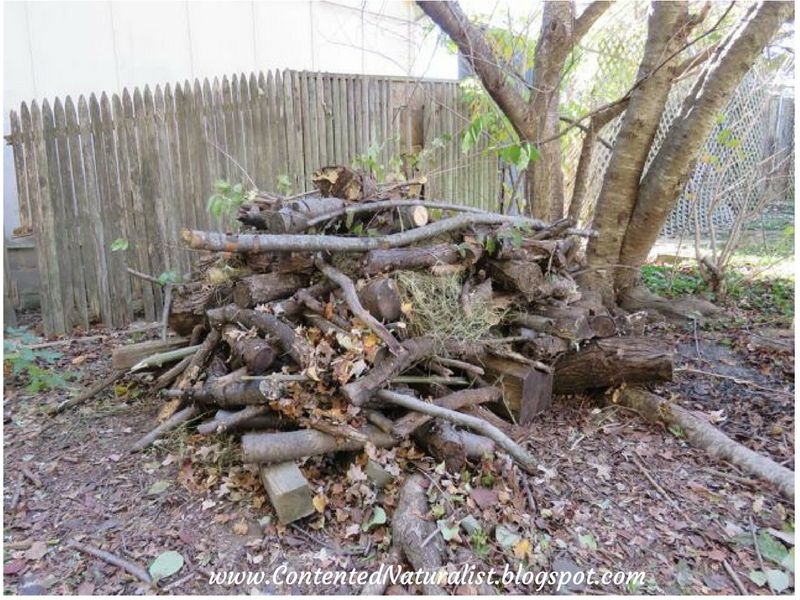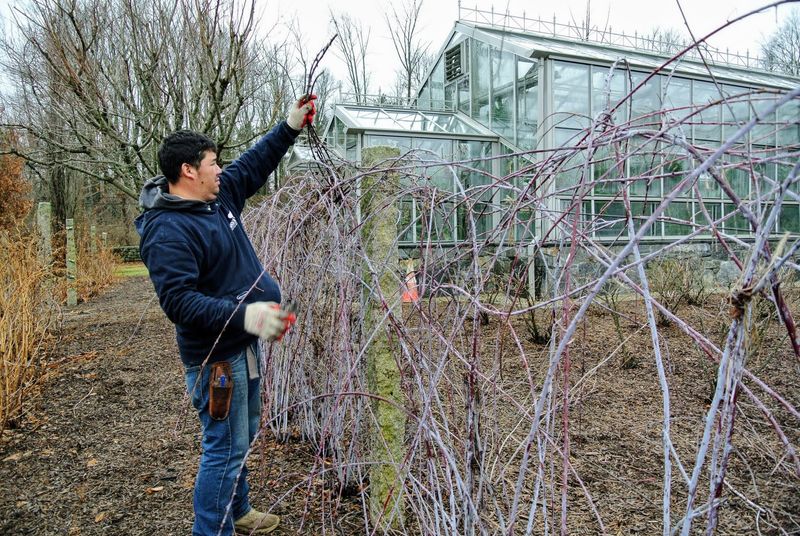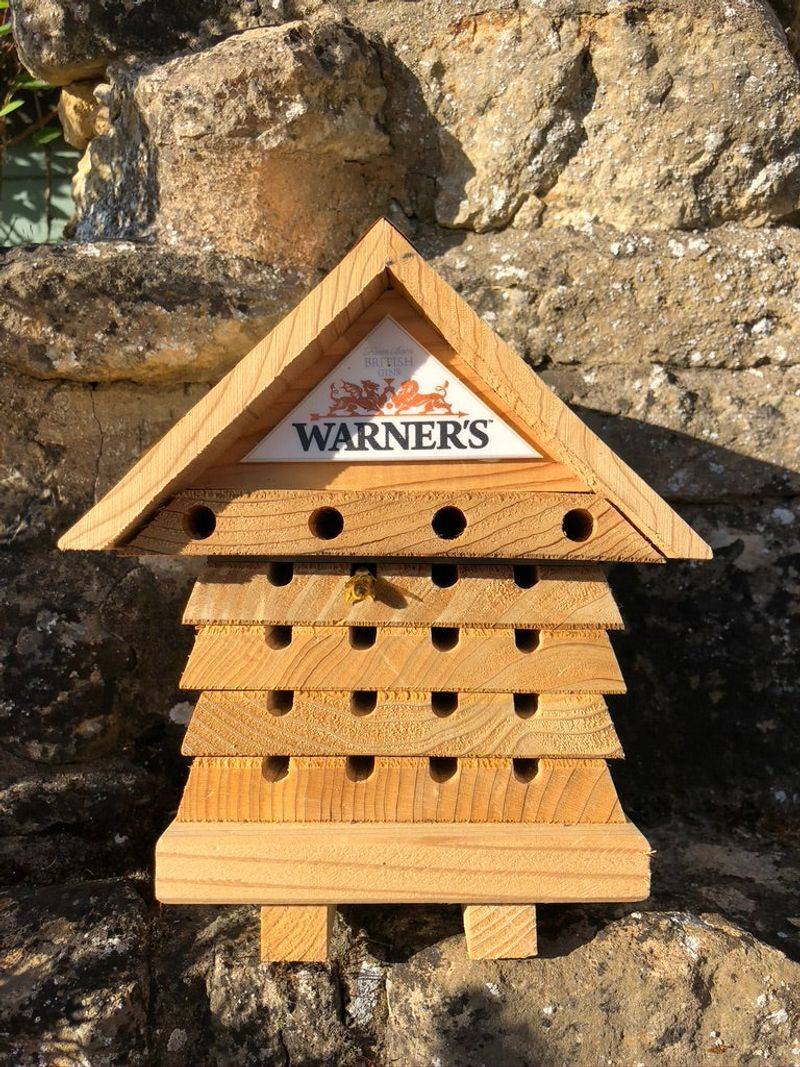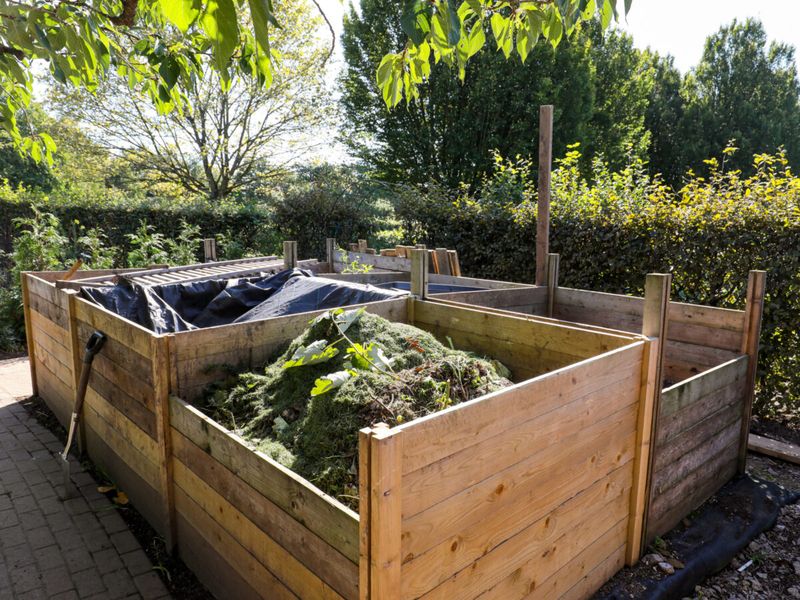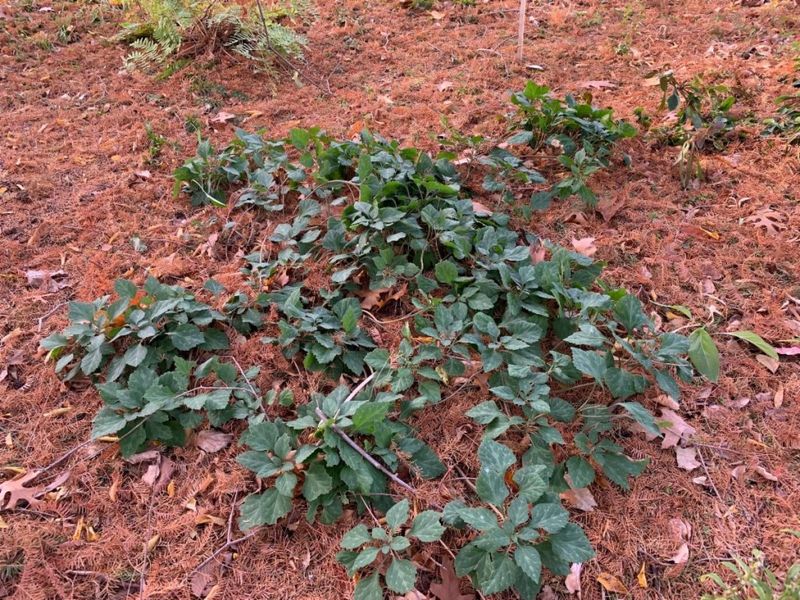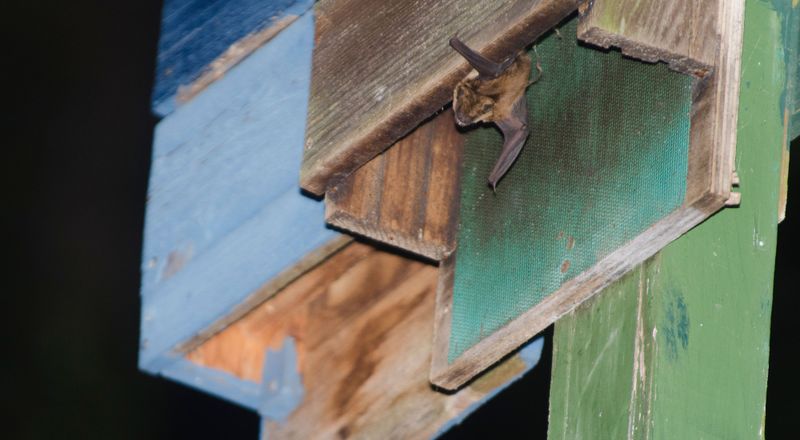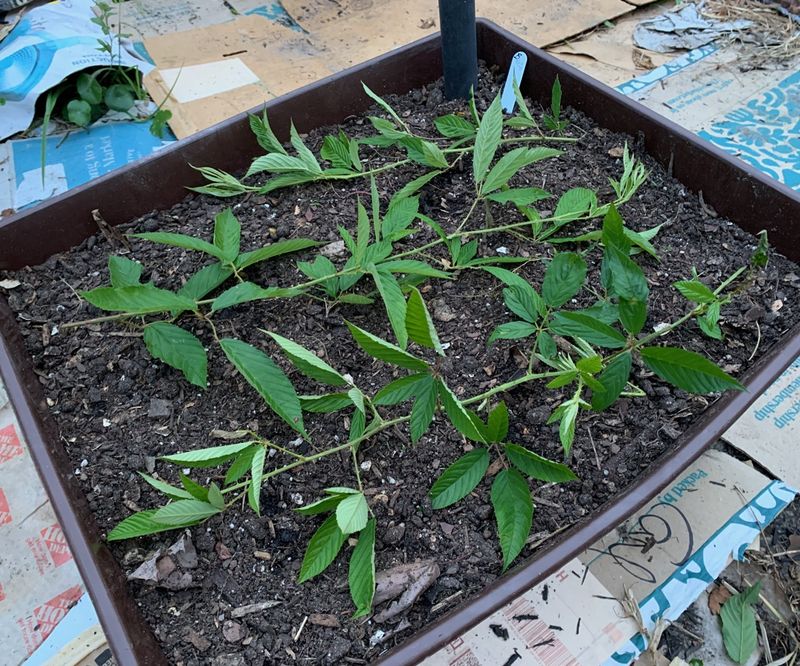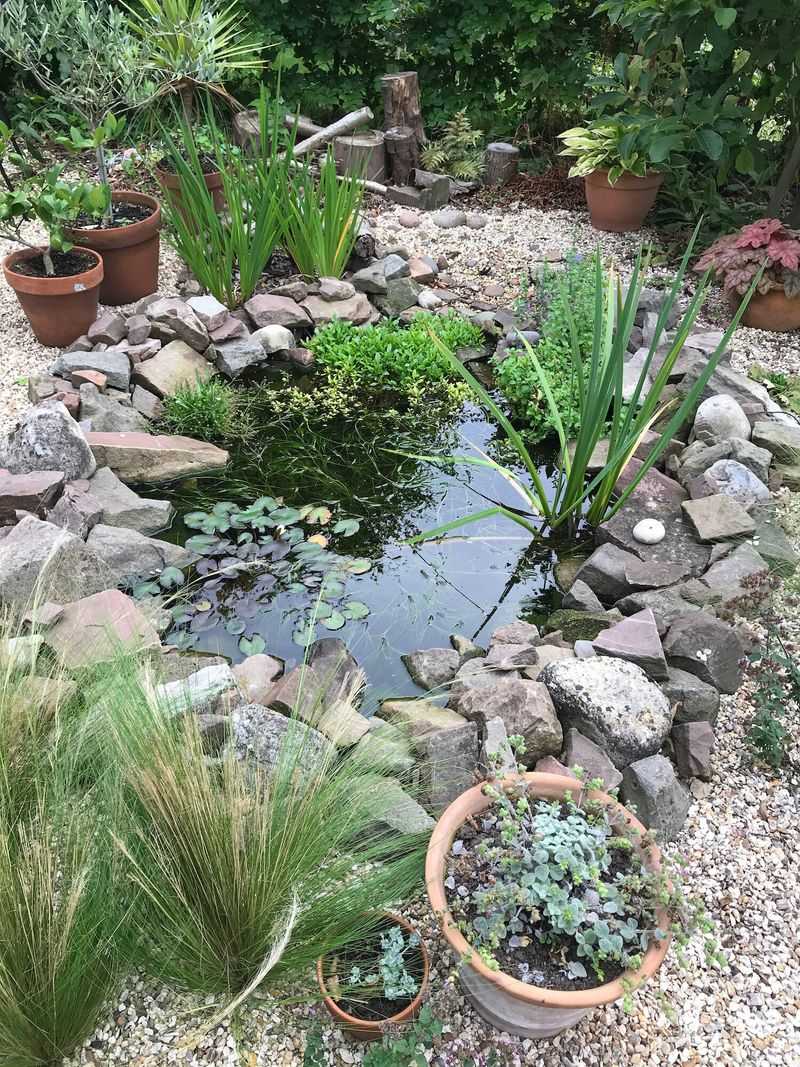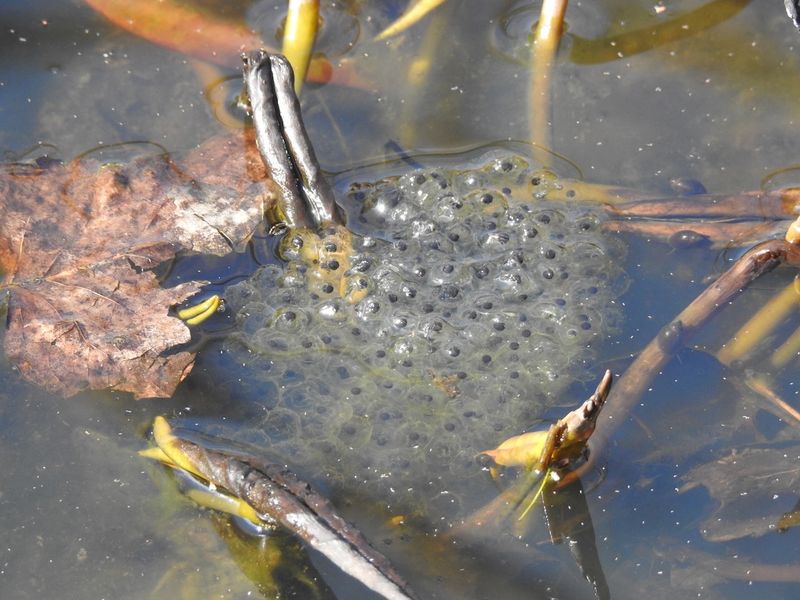February is a crucial time to support wildlife in your garden. As many creatures face harsh winter conditions, your garden can become a sanctuary.
These 15 gardening tasks will not only help nature thrive but also prepare your garden for the blossoming spring ahead.
1. Provide Fresh Water Sources
In winter, water sources can freeze, leaving birds and other wildlife thirsty. Ensure your garden provides fresh water by keeping birdbaths and shallow dishes clean and unfrozen.
Add stones to the water to prevent it from freezing entirely and to offer perches for smaller birds. Refresh the water daily to maintain its cleanliness. This small effort can make a big difference, providing vital hydration for wildlife.
Even in cold weather, animals require water to survive, and your garden can be their oasis during this challenging time.
2. Refill Bird Feeders
Birds need high-energy foods to endure the winter months. Refill your bird feeders with nourishing options like sunflower seeds, suet, and peanuts. Position feeders in locations that are sheltered from harsh winds, yet visible enough to attract feathered visitors.
Regularly check and clean feeders to prevent mold and maintain hygiene. By providing a reliable food source, you’ll support local bird populations, helping them conserve energy and thrive despite the cold.
Your garden will soon become a bustling hub of activity, full of chirping, lively birds.
3. Clean Nesting Boxes
Winter is an ideal time to clean and prepare nesting boxes for the upcoming spring. Remove old nesting materials and debris to reduce the risk of parasites and disease. Ensure boxes are securely attached to trees or structures, facing away from prevailing winds.
A clean nesting box offers a safe, inviting place for birds to raise their young come spring. This task not only benefits birds but also enhances your garden’s appeal, attracting a variety of birdlife and ensuring a lively, natural environment.
4. Plant Early Blooming Flowers
Early blooming flowers like snowdrops, crocuses, and hellebores are essential for pollinators emerging in late winter. These plants provide much-needed nectar when resources are scarce.
Plant them in well-drained soil, ensuring they receive adequate sunlight. Their vibrant blooms not only add color to your winter garden but also support biodiversity, attracting bees and butterflies seeking early food sources.
By planting these flowers, you’re creating a lifeline for pollinators, encouraging their presence and enhancing your garden’s ecosystem.
5. Leave Leaf Litter & Dead Stems
Leaf litter and dead stems might look untidy, but they play a crucial role in supporting garden wildlife. These natural materials provide shelter for beneficial insects like beetles, spiders, and ladybugs.
As you tidy your garden, consider leaving some areas undisturbed. This simple action creates habitats for insects overwintering, contributing to a balanced, thriving ecosystem.
Your garden will benefit from their presence come spring, as they help control pests and pollinate plants, ensuring a healthy, vibrant garden environment.
6. Create a Log or Brush Pile
A log or brush pile can become a haven for wildlife during winter. Hedgehogs, toads, and insects find shelter in these piles, protected from the elements. Position your pile in a quiet corner, away from foot traffic and disturbances.
Layer logs, twigs, and leaves to create a cozy habitat. This natural refuge offers insulation and safety for various creatures, promoting biodiversity in your garden.
By providing such sanctuaries, you’re playing an active role in supporting wildlife, ensuring they have safe spots to survive the winter months.
7. Prune Berry Bushes Carefully
Pruning berry bushes in winter helps maintain plant health and encourages new growth. However, it’s important to leave some berries intact as a food source for birds and wildlife.
Focus on removing dead or damaged branches, allowing sunlight and air to penetrate the plant. This careful pruning not only supports your garden’s aesthetic but also ensures a sustainable food supply for wildlife.
Birds like thrushes and blackbirds will appreciate the berries, making your garden a vital stopover during their winter forays for food.
8. Check and Repair Fencing
Winter is a great time to check and repair garden fencing. Inspect for gaps that may need sealing, while ensuring there are openings for hedgehogs and small mammals to pass through.
These creatures often struggle with barriers, so providing safe passage supports their movement across the landscape. Maintain a balance between security and accessibility.
This task not only protects your garden but also enhances its connectivity to the surrounding environment, promoting a diverse range of wildlife to come and go as they please.
9. Install a Bee Hotel
Bee hotels offer essential shelter for solitary bees, especially during the colder months. Install one in your garden, preferably facing south or southeast to catch the warming sun. Choose a sheltered location, away from heavy rain and wind.
These structures mimic natural habitats, offering bees a place to overwinter and lay their eggs. By providing a bee hotel, you’re encouraging pollinators to visit your garden, promoting pollination and a flourishing floral display come spring.
This simple addition can have a significant impact on local bee populations, enhancing biodiversity.
10. Top Up Compost Heaps
Compost heaps are invaluable in gardens, providing warmth and nutrients. During winter, top up your heap with organic matter like vegetable scraps, leaves, and grass clippings.
This not only accelerates decomposition but also creates a warm environment for creatures like worms and beetles. These insects play a vital role in breaking down material, enriching your soil for future planting.
A well-maintained compost heap supports your garden’s ecosystem, offering a refuge for wildlife seeking warmth during the cold months.
11. Leave Some Weeds
While weeding is essential for garden maintenance, leaving some weeds can benefit wildlife. Early weeds like dandelions offer food for pollinators emerging in late winter.
These plants provide nectar when other sources are scarce, supporting bees and butterflies. Allow a small area in your garden to grow wild, maintaining a balance between order and chaos.
This approach encourages biodiversity, providing a lifeline for pollinators and enhancing your garden’s natural beauty.
12. Set Up a Bat Box
Bats begin to wake from hibernation in late winter, searching for food and shelter. Set up a bat box high on a tree or building, facing south or southwest for warmth. Ensure the box is free from obstructions, allowing easy access for bats.
This habitat provides a safe haven, supporting these important nocturnal pollinators and pest controllers. By installing a bat box, you’re contributing to the conservation of these fascinating creatures, while enhancing your garden’s ecological richness.
13. Avoid Heavy Digging
Many insects and amphibians rest underground during the winter months. Avoid heavy digging in your garden to protect these creatures. Disturbing the soil can harm hibernating wildlife, disrupting your garden’s delicate ecosystem.
Instead, focus on light maintenance tasks that preserve the natural habitat. By respecting their resting places, you’ll ensure a healthier garden environment, ready to flourish with life in the spring.
This mindful approach supports biodiversity, fostering a harmonious and thriving garden.
14. Plan a Wildlife Pond
February is an ideal time to plan a wildlife pond. Sketch designs and choose a suitable location away from trees and in partial sunlight. Consider the needs of potential inhabitants like frogs, toads, and newts, ensuring easy access and varied depths.
A well-planned pond can become a vibrant ecosystem, attracting a range of wildlife. By preparing now, you’ll be ready to start construction in spring, creating a water feature that supports biodiversity and enhances your garden’s beauty.
15. Watch for Emerging Frogs and Toads
As temperatures rise in late winter, frogs and toads begin their journey to garden ponds. Watch for these creatures, ensuring they have safe passage. Use stones or logs to create stepping stones, aiding their travel across potentially dangerous areas.
This small effort supports their breeding efforts, contributing to a thriving amphibian population. Your garden will benefit from their presence, as they help control pests and enrich your garden’s ecosystem.
By providing a safe haven, you’re playing a vital role in nature conservation.
